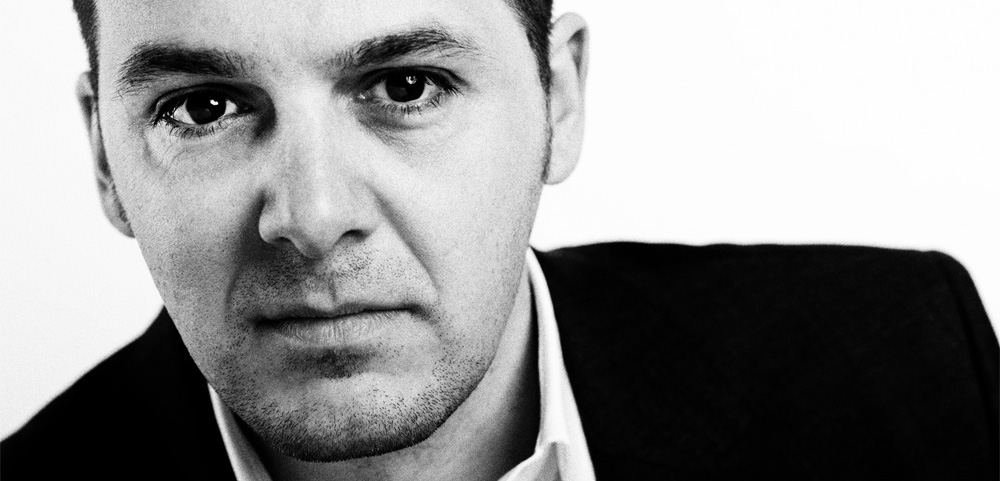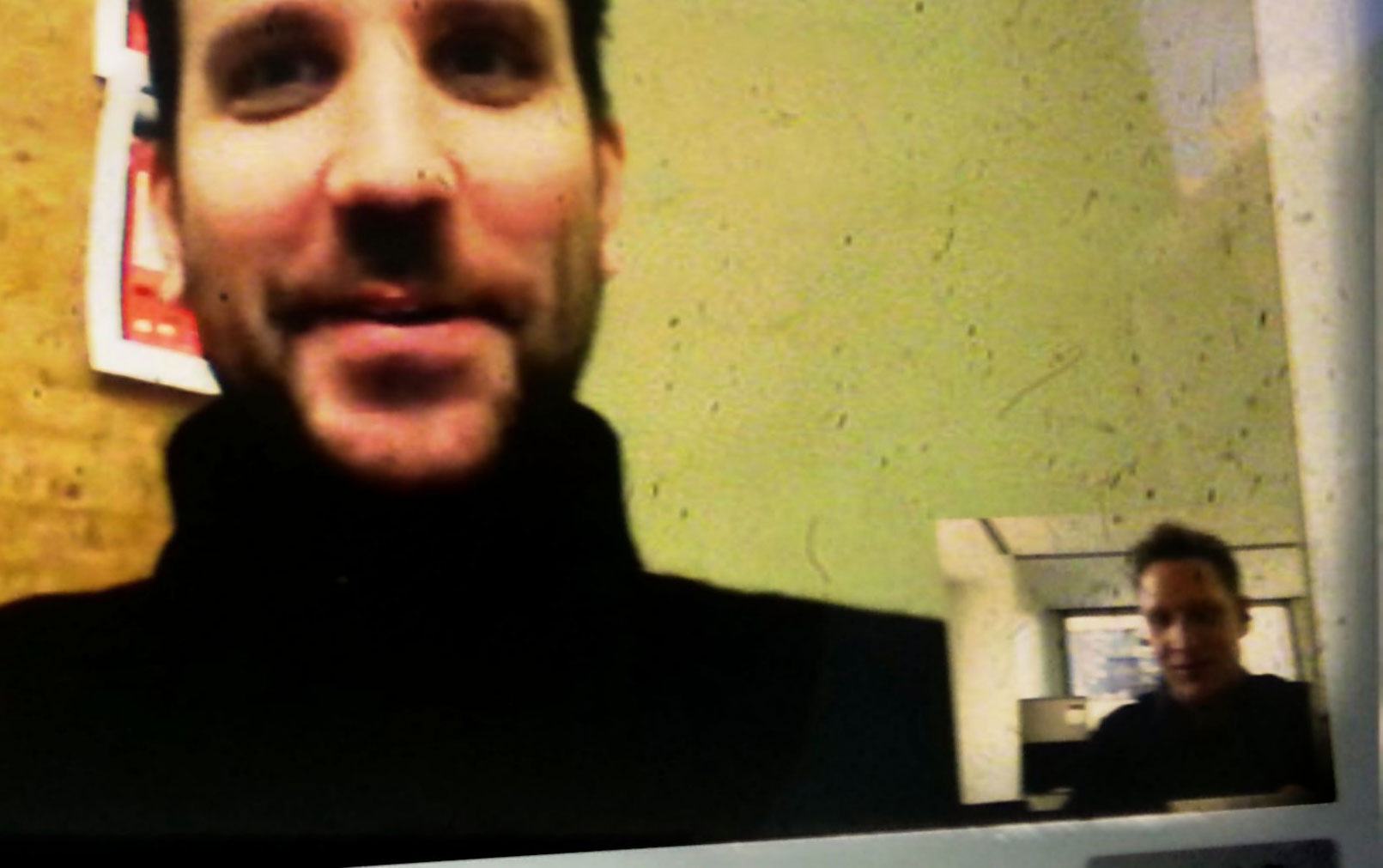
I was able to talk to Daniel Over from Stiehl/Over, a digital agency situated in Germany. Stiehl/Over has been responsible for the logo design of this blog, and as you might have guessed, influenced the new name branding.
Daniel is one of the partners of the company, and was able to share some interesting insights into the German agency landscape.
Stiehl/Over has been around for many years –- what are the most interesting projects/clients you’ve been working on recently?
Even for us as a creative agency, our recent work for German bestselling author Ferdinand von Schirach was an unusual but tremendously exciting project. The author contacted us in the wake of a book review in our agency blog, commissioning us to produce a trailer for the novel “Der Fall Collini” (The Collini Case) and to rebuild his author’s website. The trailer is also a tribute to the great typographer, designer and filmmaker Saul Bass (1920-1996), who, in the fifties and sixties, developed the opening and closing credits of well-known Hollywood movies into an art of its own; for example for Alfred Hitchcock’s “North by Northwest”, “Vertigo” or “Psycho”. Now, the trailer runs on Amazon and Penguin Books and of course also on our agency website.
How has the agency world changed in the recent years? Have client expectations changed?
In our experience, clients increasingly think along editorial lines and plan their communication tasks accordingly. In the realization of web projects, we are noticing a reinforced tendency away from traditional content management systems in favour of WordPress and other journalistic systems. As for technology and front end, clients are planning for much shorter periods than even a year ago. Also, the whole area of mobile applications and websites has solidified. For example, in the context of a recent web re-launch for one of our clients, it was primarily the optimization for iPad that was desired, as the website is mainly supposed to assist distribution during “away games”, that is, non-in-house client appointments. Up until now, this would probably have been a nice extra feature; today, the mobile application is often the actual task.
How has the recent shift from Flash to HTML5 based marketing sites influenced your work, specifically on a regional level?
Flash hardly matters at all to us anymore. Only in the area of the classic banner circuit or in interactive video applications is it still occasionally used. Ultimately, the iOS problem was the final knockout criterion. We very much regret that, because Flash has always offered great creative freedom to us and has become a complex but very reliable development environment over the years.
What is the greatest opportunity for digital agencies in 2013, what are the challenges?
Conceptual development in the nature of providing online content across the different end devices is certainly one of the biggest challenges. This goes far beyond mere responsive design and rather concerns the structuring and channelling of content for different situations of application. That development is now much more complex than it was even a few years ago, because our user behaviour concerning when and how we process information has changed drastically. We are observing a radical upheaval here in Germany. Established print media are disappearing from the market, without any real alternative approaches to dealing with paid digital content available. In fact, everything revolves around a new form of deploying, channelling and marketing information.
What inspires you?
At the beginning, Hillman Curtis’s work was a great inspiration, both his first Flash projects as well as the late short films, which at the time influenced me significantly, including, in person, certainly Yugo Nakamura or Joshua Davis. Today, there are other creative folk or even agencies with very diverse backgrounds. I follow with interest both the work and the blog posts of the Information Architects, as well as the activities of traditional design agencies such as, e.g., Pentagram. Often, however, it is also our customers who inspire me, such as, for example, Ferdinand von Schirach’s books.
How can people find out more about your work?
You will find everything about our agency, our clients and culture on the website www.stiehlover.com.



@amadurell @jensloeffler from a company in competencies/digital communication that says “We are no programmers”
@zwetan @amadurell good point – though that often means we have freelancers cc @danielovernews
@jensloeffler @amadurell @danielovernews ok, but freelancers also mean no internal expertise, eg. AIR for mobile vs native code
@zwetan @amadurell @danielovernews point taken, always good to check on background 😉